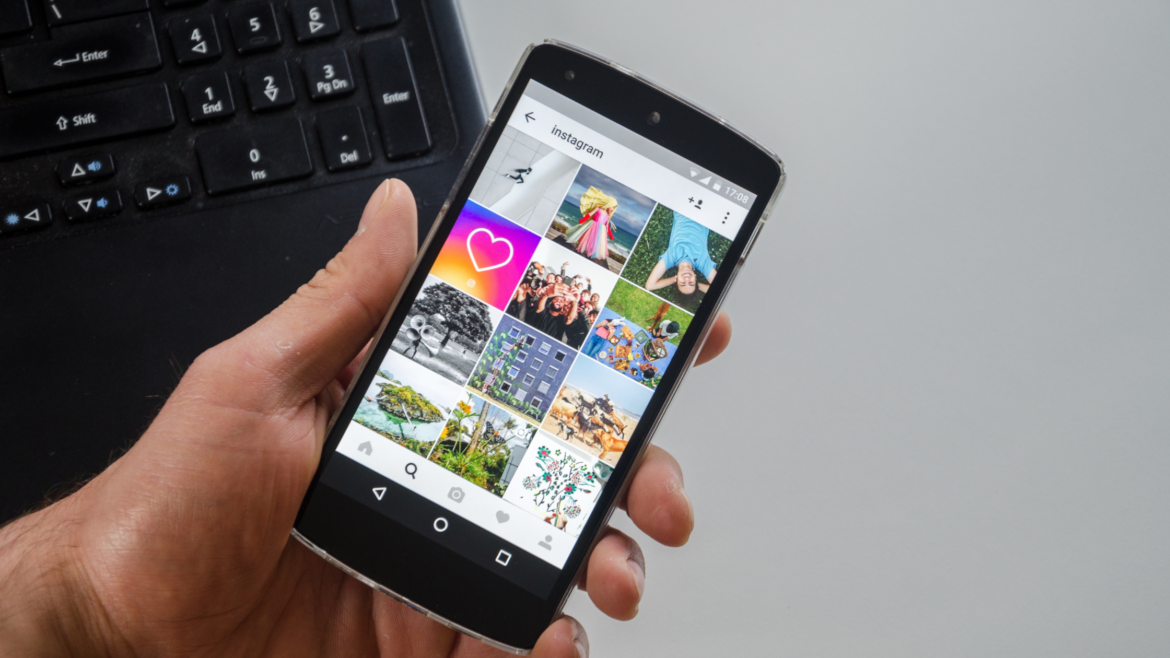What’s working on Instagram in April 2023
https://thejpgagency.com/wp-content/uploads/2023/04/IG-1024x576.png 1024 576 Zack Jackson Zack Jackson https://secure.gravatar.com/avatar/098c4e07082b58c2463f7013515f98af?s=96&d=mm&r=gDon’t call it a comeback, but … gasp … pictures may actually be returning from the dead on Instagram! Crazy right? The social media site that built its foundation on pretty pictures that soothed our souls and gave us the escape from our judgemental Facebook peers has finally realized that they’ve been screwing everything up and ruining why people liked them in the first place.
I get it … TikTok got all popular and stuff. So then Instgram panicked and decided that they had to copy all of the success of our Chinese overlords in order to hold the attention spans of busty influencers and 13 year olds everywhere, and they gave Reels a boost. OK … they gave Reels a BIG boost and basically threw everything else in the trashcan and assumed nobody wanted it anymore.
Well guess what? Reels are REALLY annoying to have to constantly create, especially if you’re a small business owner who has 647 other daily tasks and jobs to deal with. Now, instead of being able to produce some well-curated photographs that were on brand, you had to spend hours trying to come up with 60 second sizzle Reels all the time just to keep up with the stupid algorithms. And that ended up creating a large group of brands that started doing Reels because they HAD to, and not because they actually WANTED to, thus flooding the landscape with a whole lotta crappy Reels that nobody wanted to look at in the first place (or create).

Thankfully the team at Instagram finally came to their senses and admitted they had gone overboard on pushing Reels in the past year. Now I’m not going sit here and act like everything in world has been healed and crafting an Instagram page for your business that has solid reach and engagement is by any means “easy,” but at least we’re returning to a more competitive balance of content.
So what’s the big takeaway from all of this? I see two things …
1. Always always ALWAYS grab content in as many forms as possible. If you’re taking a picture, don’t just take that one picture and move on. Take a vertical picture. Take a horizontal picture. Take a quick vertical video. Take a quick horitonzal video. Take a LONGER video. Then save ALL of it. Never ever assume that whatever is “working” right now in social media is what will still be the standard in six months … or a year … or six hours from now for that matter. You’re spending the time to grab the content … take the extra minute to grab it in multiple forms.
2. Never ever EVER try to copy somebody else just because something seems to be “working” for them. This goes for a small business trying to copy another brand on social media just as much as it goes for the multi-billion dollar social media company themselves that tried to copy another one. They didn’t do it becuase they genuinely believed in the process, they did it because they were merely following something that looked like it was working for a competitor.
Personally, I don’t understand why all of these gigantic tech companies feel like they need to monopolize EVERY market. Why can’t they do one thing really well and serve their customers instead of feeling the need to be a retail outlet, streaming service, game hub, health care provider, social media network, and whatever the heck else they can try to control?
When you try to please everybody, you end up pleasing nobody.
Keep that in mind when working to grow your business. Do what’s genuine to you and what you do well. The rest will follow!





